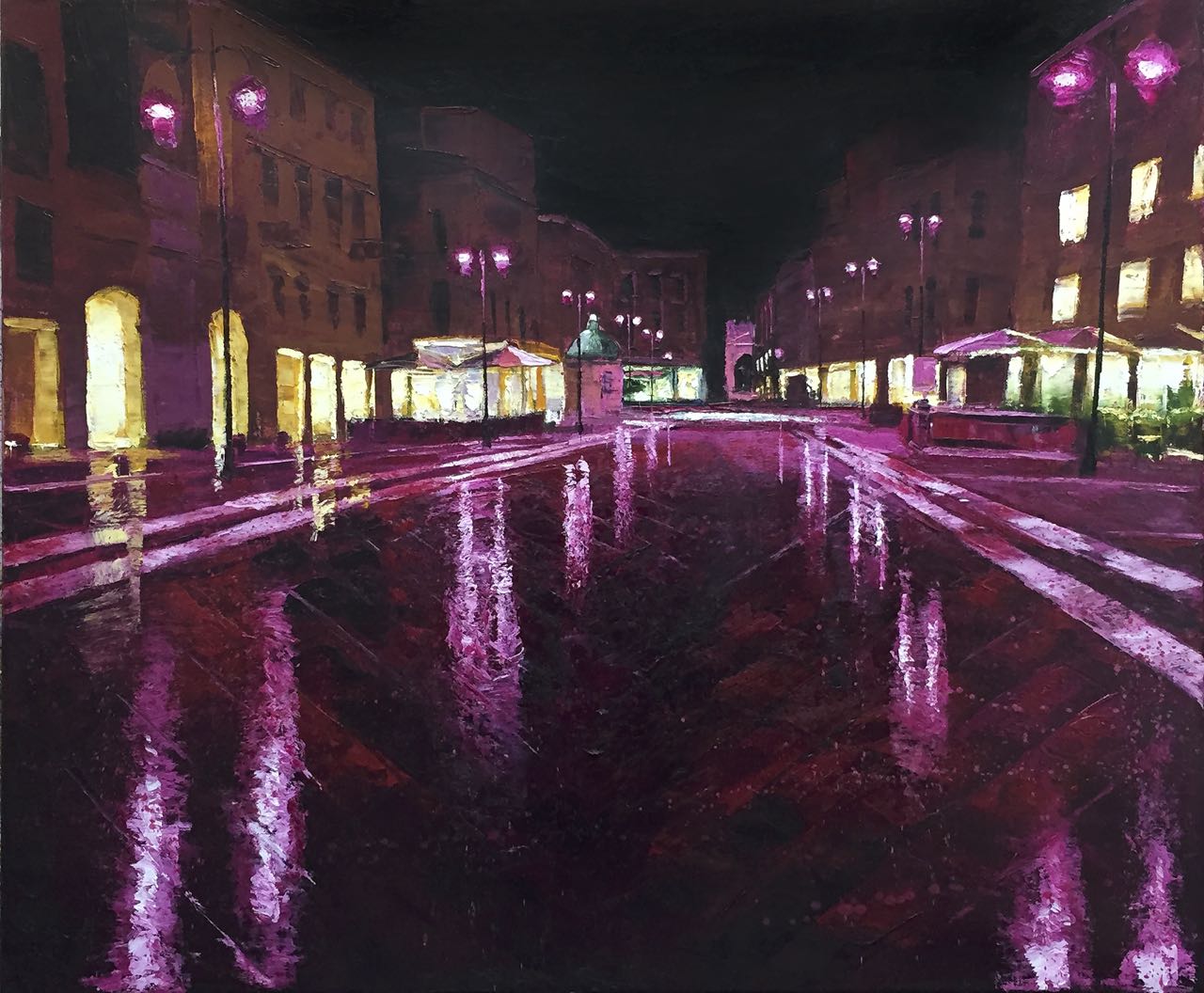Zero 1960 2016 Gencay Kasapçı
Zero è un movimento artistico d’avanguardia nato con lo scopo di risollevare l’ambiente depresso dalla seconda guerra mondiale con la creazione di un clima più entusiasta e positivo e con un nuovo dinamismo di luce nell’arte. Zero è un movimento dove gli artisti si esprimono da zero a classico, sondando ogni direttrice possibile per il post-guerra. Zero nasce nel 1957 con le attività Heinz Mack e Otto Pienne di Dusseldorf e ha continuato a diffondersi attraverso artisti come Yves Klein,


